- Home
- TV History
- Network Studios History
- Cameras
- Archives
- Viewseum
- About / Comments
Skip to content
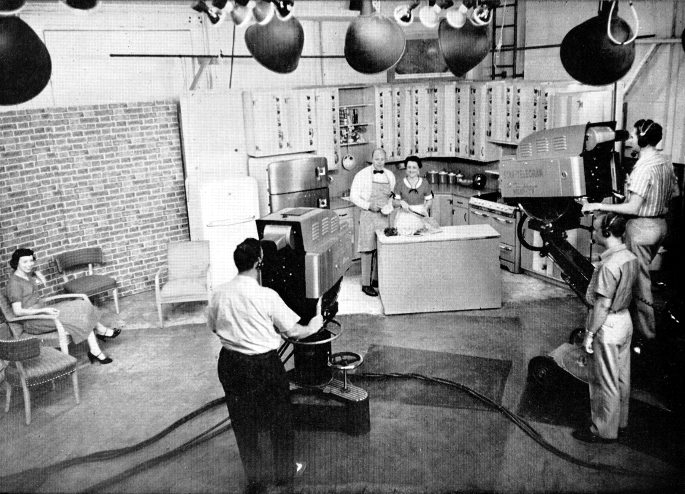

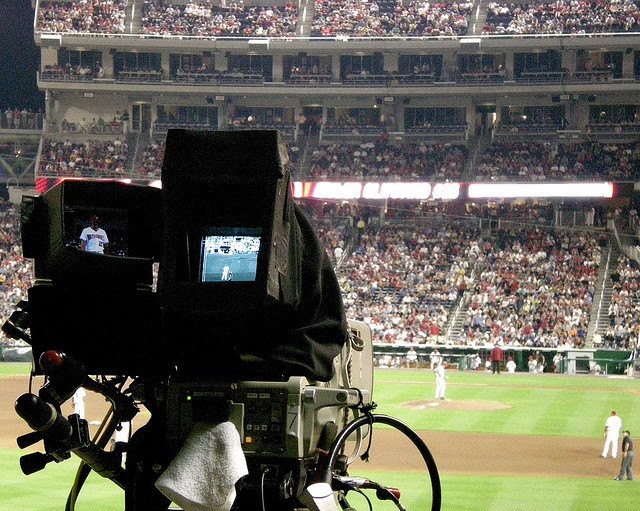



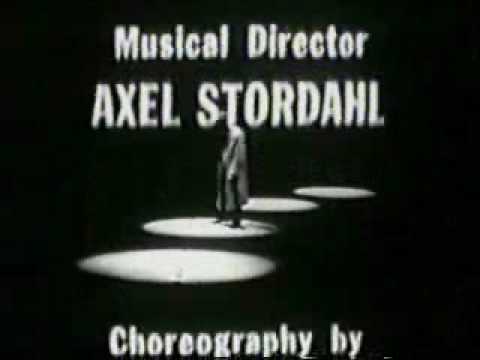



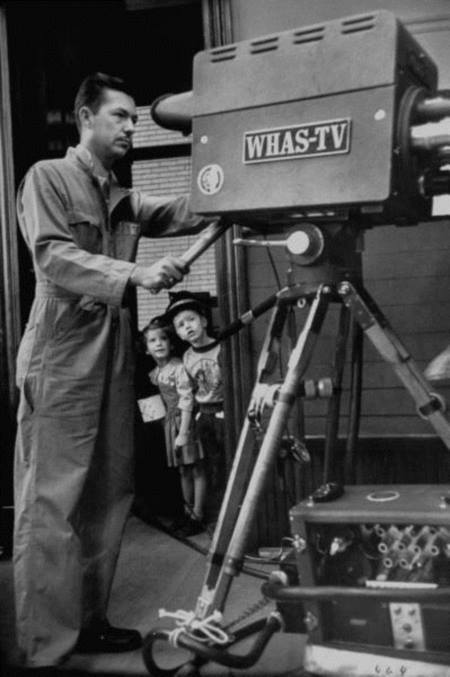

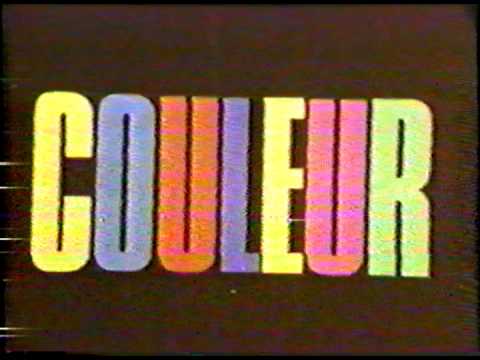



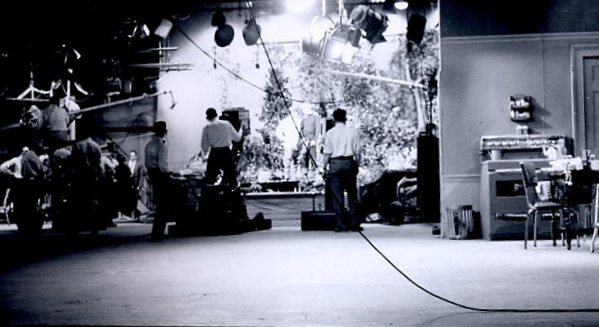

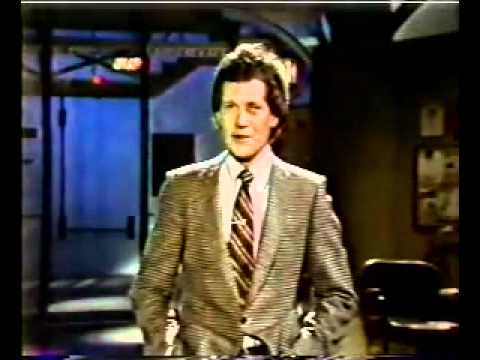



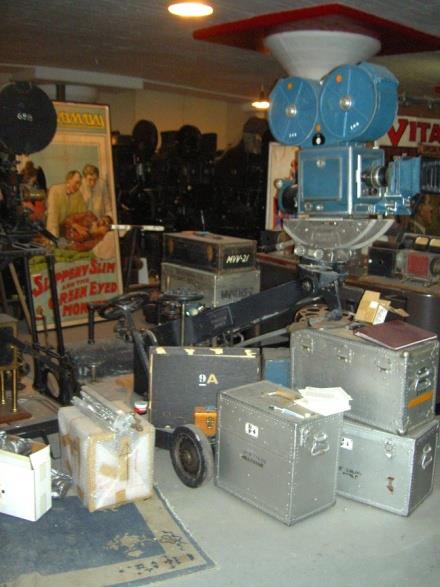

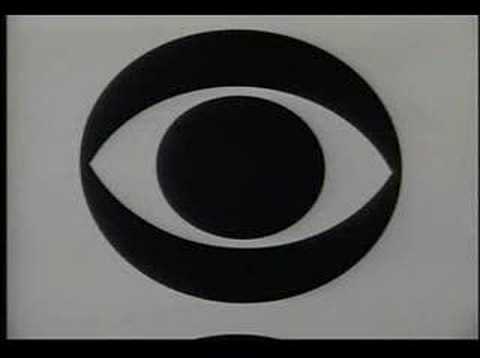

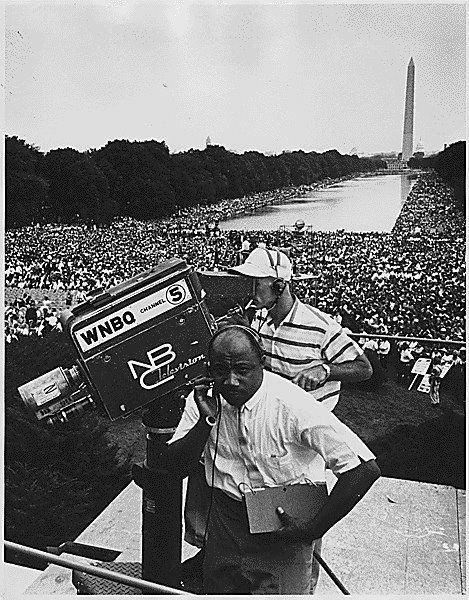

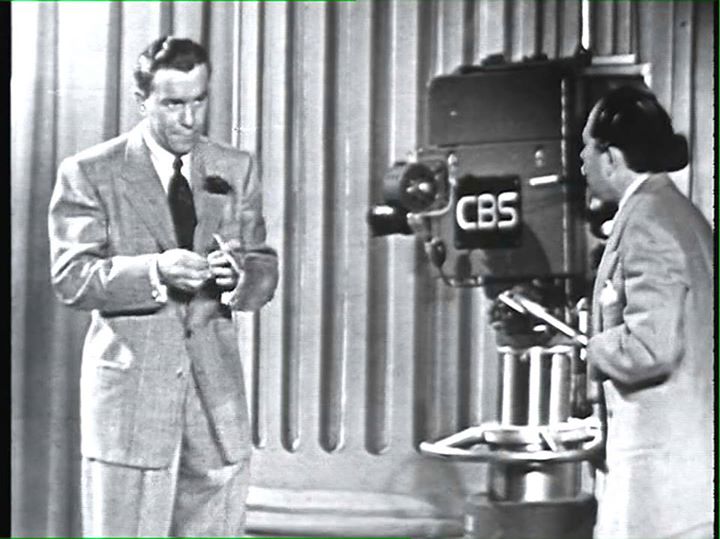

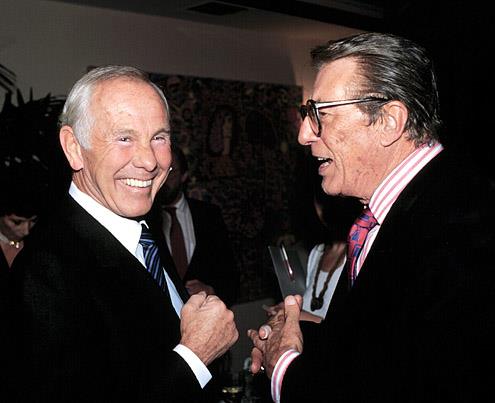

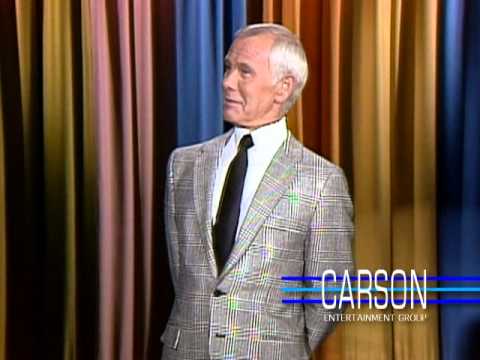

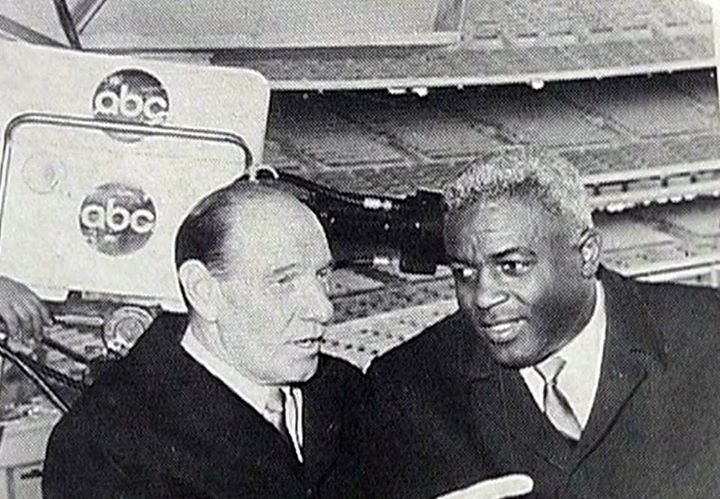



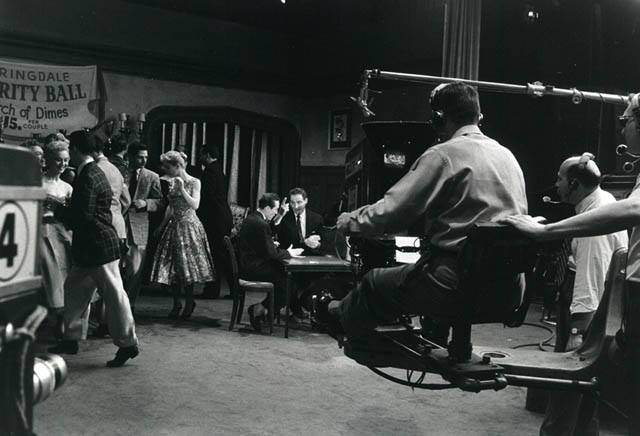

Posts in Category: TV History
Page 106 of 136
« Previous
1
2
3
4
5
6
7
8
9
10
11
12
13
14
15
16
17
18
19
20
21
22
23
24
25
26
27
28
29
30
31
32
33
34
35
36
37
38
39
40
41
42
43
44
45
46
47
48
49
50
51
52
53
54
55
56
57
58
59
60
61
62
63
64
65
66
67
68
69
70
71
72
73
74
75
76
77
78
79
80
81
82
83
84
85
86
87
88
89
90
91
92
93
94
95
96
97
98
99
100
101
102
103
104
105
106
107
108
109
110
111
112
113
114
115
116
117
118
119
120
121
122
123
124
125
126
127
128
129
130
131
132
133
134
135
136
Next » The First Order For Color Equipment…
On September 5, 2013
- TV History
The First Order For Color Equipment…
Before any other local station, WBAP-TV (now KXAS or NBC5) in Dallas/Ft. Worth optimistically placed an order in the fall of 1949 for RCA color television equipment, to be delivered when ready. Although their order was placed first, WKY in Oklahoma City actually became the first non NBC O&O to receive RCA TK40 color cameras.
On April 9, 1954, WBAP-TV became the only Texas television station broadcasting color programs form the NBC television network. On May 15, WBAP staged a three-hour studio color telecast. General David Sarnoff, chairman of the board of Radio Corporation of America (RCA), and station owner Amon Carter, Sr., threw the switch to inaugurate the first local live colorcast in Texas.
The first color tape recorder in Texas was in installed by WBAP-TV in October, 1959. The new equipment had the ability to record a 90-minute segment of programming and play it back in less than five minutes.
Good Idea!
On September 5, 2013
- TV History
What Do You Think?
I think having a program monitor on a camera is a good idea. I know that you can punch it up on the VF, but you can’t see both screens at the same time.
W6XAO Experimental Station…Now, KCBS
On September 5, 2013
- TV History
W6XAO Experimental Station…Now, KCBS
In 1931 famous California broadcast entrepreneur Don Lee was granted a license to begin experimental television broadcasts with station W6XAO in Los Angeles. The station later became KTSL, KNXT and is currently KCBS-TV. The ridge above the Hollywood sign, where Lee established his transmitter, is still known as “Mount Lee”. In the photo, this appears to be a “home made” Iconoscope camera. Don Lee’s name appears on the rear under the viewfinder. It was not common for stations to build their own cameras, but the schematics were available and a few very good engineers at a few of the early stations did this.
Durante’s Signature Sign Off…Who Was Mrs. Calabash?
On September 4, 2013
- TV History
Durante’s Signature Sign Off…Who Was Mrs. Calabash?
The most revered part of Jimmy’s show was the finale when he would slowly fade away walking through a succession of spotlights, pausing in each one to either look down or look back at the audience (see the video clip below). He did this after bidding farewell, commenting, “And good night, Mrs. Calabash–wherever you are!” Who was Mrs. Calabash? No one but Jimmy ever knew. This led to all sorts of speculation. The most accepted came to be that it was a pet name for Jimmy’s first wife, Jeanne Olsen. Another was that it referred to the place where Jimmy and Jeanne lived, Calabasas, California. Perhaps the line refers to the owner of a restaurant in Calabash, North Carolina, where Jimmy and his troupe stopped once to eat. He was so taken by the food, the service, and the chitchat that when he left he turned and said,”Good night, Mrs. Calabash,” not knowing the lady’s name. Only Jimmy knew. His reply when asked: “Ha-cha-cha-chaaaaaaa!”
http://www.youtube.com/watch?v=EWN97q7xtDE
Goodnight Mrs. Calabash – The Jimmy Durante Show 1959


The cost of baseball’s broadcast rights in 1961
On September 2, 2013
- TV History
Baseball Rights $$$, 1961
There is a great enlargeable graph in this story that shows, team by team, the amount they were paid for TV and Radio broadcast rights for the season. Interestingly, WGN did all the Cubs & Sox games in color and WLW-T did a lot of color too. The figures will amaze you. Thanks to Kevin Vahey for this very interesting story.
http://www.baseballnation.com/2013/8/29/4670580/the-cost-of-baseballs-broadcast-rights-in-1961
The cost of baseball’s broadcast rights in 1961
A lot has changed on the television side of baseball since 1961.
Technically Speaking…The Dumont 124 IO Camera
On September 2, 2013
- TV History
Technically Speaking…The Dumont 124 IO Camera
Finally! Thanks to 51 year TV veteran Bill Freiberg of KTRK in Houston TX, who started with Dumont equipment, we finally know some of secrets that had been lost for so long on these cameras. Below is his letter to me and a photo of a Dumont 124B in use. Enjoy!
“First let me tell you how much I am enjoying your website. I am in my 51st year in this business and cut my teeth on DuMont studio gear starting in 1962. The station was originally a UHF DuMont affiliate, but went dark, then when the freeze was over, the CH 13 people bought the facility. We had DuMont cameras, switchers, a color Multiscanner, sync generators, consoles, the whole megilla.
The DuMont TA-124 was a 3” Image Orthicon camera, it was later branded and sold by G.E, but was still made in Passaic, it was the same camera as the 124-E. The camera had the I/O at the lower
right position (looking from the rear), as opposed to the RCA, which had the I/O in the top center.
The connectors were unique to DuMont, there were A, B, C, D, and E cables, differing mostly in the number of coaxes within. The camera was fed by a small box called the “aux” unit, which contained the equipment for cable equalization, blanking and timing, and voltage regulation to compensate for differing cable lengths. Yes, the 124s could and did work on booms, perambulators, pedestals, tripods, anywhere an RCA could. There was a finite length limit to the aux to camera, but it was usually installed near the camera for setup convenience.
At KTRK, we had them at the camera control position on the
2nd floor. We built a lot of our own cables there. Even built “orbiters” to slowly move the image on the face of the I/O to minimize image burn in. RCA used an optical wedge which turned, we used coils around the front part of the tube. Wound them on a coffee can, as I remember.
The focus handle screwed to the lower right of the camera body, and moved the I/O back and forth, along with the deflection coils. We always had a set of the little flex cables, about 2″ long. They made up for the angle at which the handle presented to the camera body. The last 3″ of the handle turned in order to focus. The TK 40/41 used a similar system.
Iris setting was manual, but DuMont at one time had a kit which had gears on each lens. A handle at the rear was pushed in and rotated to set the iris for the lens in use. We just left ours at 5.6 in the studio and 8 or 10 outdoors. We never had iris control at the CCU.
We had a show we did once a year for which we had to pull all
the stuff out of the step can/milk truck and tote up four flights of stairs. We called it the annual KTRK hernia festival.”
Thanks to Bill for the note. Anyone that would like to share the same kind of information on the various cameras and video tape machines they have worked with, please send it to me!
1 Minute Radio-Canada Color Promo” 1968
On September 2, 2013
- TV History
1 Minute Radio-Canada Color Promo” 1968
Thanks to former CBC engineer Serge Bordeleau for sending this.
It was shot on film at the IBC building ( Expo67). Fast montage showing talent and equipment including the RCA TK42.
Publicité québécoise du bon vieux temps de Radio-Canada mettant en scène de l’équipement technique, un mime et un homme avec des lunettes fumées.
Remembering David Frost
On September 1, 2013
- TV History
Remembering David Frost
British journalist David Frost, who was best known for his interview with former President Richard Nixon, died on Saturday, his family said. The veteran broadcaster was 74. During his 50-year career not only were there plenty of heavyweight interviews – Frost sat down with seven US presidents and six British prime ministers – but there was also a string of satirical news shows, celebrity interviews, and some light entertainment.
“The Week That Was,” presented by Frost when it launched in 1962 on the BBC, was a groundbreaking show that mocked the British establishment. It was broadcast on Saturday evenings and its sketches lampooning politicians, churchmen and celebrities drew huge audiences. Production style also broke the established rules with, for example, technical equipment in vision.
TW3 as it was known was followed by “The Frost Report”, another satirical show broadcast in Britain. Comedian and actor John Cleese, at the start of his career, was a writer together with others who then formed Monty Python’s Flying Circus.
“Through the Keyhole” was a tour of celebrity homes, and “Breakfast with Frost” a Sunday morning show where the presenter sat down with a range of guests from politics and show business. The long list of those who agreed to be interviewed by Frost throughout his career includes Nelson Mandela, Paul McCartney, Orson Welles, Muhammad Ali and Prince Charles.
Remember ‘Mr. Peepers’?
On September 1, 2013
- TV History
Remember ‘Mr. Peepers’?
This photo was taken by Mike Mathews’ mother in 1952 while in the audience of the live show in NBC Studio 8H. After it’s first year, production moved to the Century Theater on Seventh Avenue. The series starred Wally Cox and was not scheduled to air in the fall of ’52, but ‘Doc Corkle’ which was originally on NBC’s schedule was canceled after only 3 episodes. ‘Mister Peepers’, which had scored well with viewers and critics during its summer run, replaced ‘Doc Corkle’ on the schedule. The show did 127 episodes from ’52-’55 and was produced by early TV legend, Fred Coe. Above is a link to the first show of the ’52 season.
David Letterman…First Monologue, First Show
On August 31, 2013
- TV History
David Letterman…First Monologue, First Show
February 1, 1982, Late Night premiered with a cold opening featuring Larry “Bud” Melman delivering lines as an homage to the prologue of Boris Karloff’s Frankenstein, followed by Letterman coming out on stage behind a group of female dancers – the peacock girls. After a brief monologue, the very first comedy segment was a sarcastic tour of the studio. The first guest was Bill Murray and here is that historic segment.
http://www.youtube.com/watch?v=ZNplNAjlEz8
Monologue
David Letterman…Last Monologue on NBC
On August 31, 2013
- TV History
David Letterman…Last Monologue on NBC
This is classic! Wait till you see David and Paul ice skate! Enjoy…
https://www.youtube.com/watch?v=6NnrXKxOHkw
The Last Episode of “Late Night with David Letterman”. Guests: Tom Hanks and Bruce Springsteen.
A Rare Surviving Technicolor Camera
On August 30, 2013
- TV History
A Rare Surviving Technicolor Camera
There were never many of these…I think no more than 30 or so world wide and some of those were rebuilt for other color processes. This camera is in the collection of my friend Carey Williams in Chicago and is valued around $50,000. It is known to have been used on ‘The Wizard Of Oz’ and possibly ‘Gone With The Wind’.
History Of The CBS Eye Logo
On August 28, 2013
- Archives, TV History
It was born in October of 1951 and here’s Charles Osgood’s story on it’s development on the 50th Anniversary in 2001.
http://www.youtube.com/watch?v=wB63odkphhg
To celebrate the 50th Anniversary of the CBS eye in 2001, Charles Osgood did this report on the creation of the famous logo.
August 28, 1963…I Have A Dream
On August 28, 2013
- TV History
On August 28, 1963, Martin Luther King, Jr. delivered his “I Have a Dream” speech on the steps of the Lincoln Memorial. It was part of the March on Washington for Jobs and Freedom. Here is one of the many cameras from every network covering the event.
NBC’s Chicago O&O, WNBQ had a big mobile unit and showed up with 6 cameras. NBC New York sent 2 mobile units and 10 cameras and NBC Washington, WRC had 5 on their mobile unit. CBS had 25 cameras there and ABC 20. They were spread all over town.
The Burns & Allen Show…1950-1958
On August 27, 2013
- TV History
The Burns & Allen Show…1950-1958
Their radio show started in 1936 but by 1950, it was time to move to television. When ‘The George Burns and Gracie Allen Show’ began on CBS Television October 12, 1950, it was an immediate success. The show was originally staged live before a studio audience and during its first three months, it originated from the Mansfield Theater in New York, then relocated to CBS’ Columbia Square facilities in Los Angeles.
Ever the businessman, Burns realized it would be more efficient to do the series on film and that started in the fall of 1952). The half-hour episodes could then be syndicated. From that point on, the show was shot without a live audience present, however, each installment would be screened before an audience to provide live responses prior to the episodes being broadcast. With 291 episodes, the show had a long network run through 1958 and continued in syndicated reruns for years.
After the live series ended, the shows were filmed at General Service Studios. The sets were designed to look like their real-life residence, often using an establishing shot of the actual house at 312 Maple Drive, Beverly Hills, CA 90210. Although extensively remodeled, that house still exists today—including the study over the garage where George would “escape” from Gracie’s illogical logic. Burns lived in that house for the rest of his life.
One running gag of the TV show involved a closet full of hats belonging to various visitors to the Burns household; guests would slip out the door unnoticed, leaving their hats behind, rather than face another round with Gracie. The format had George watching all the action (standing outside the proscenium arch in early live episodes; watching the show on TV in his study towards the end of the series) and breaking the fourth wall by commenting upon it to the viewers. Another running gag was George’s weekly “firing” of announcer Harry Von Zell after he turned up aiding, abetting or otherwise not stopping the mayhem prompted by Gracie’s illogical logic.
During the course of the eight-year run, the TV show had remarkable consistency in its cast and crew. The episodes were produced and directed by Ralph Levy (1950–53), Frederick de Cordova {who would go on to direct most episodes of NBC’s “The Tonight Show Starring Johnny Carson” (1953–56), and Rod Amateau (1956–58). In addition to cast members Harry Von Zell (replacing original announcer Bill Goodwin in September 1951), Bea Benaderet (who made the transition from the radio show), and Larry Keating, the original writing staff consisted of Sid Dorfman, Harvey Helm, Paul Henning, and William Burns (George’s brother).
The Great Fred de Cordova
On August 27, 2013
- TV History
The Great Fred de Cordova
Fred joined ‘The Tonight Show’ at age 60 and left the show at age 82, but he covered a lot of ground before that! After his graduation from Harvard Law School in 1933, he worked in the Shubert Theater organization and directed stage shows for the next ten years. He was variously a performer, stage manager, stage director, and finally dialogue director, the last in ‘Ziegfeld Follies of 1943’.
He directed 23 movies. One of the better known was ‘Bedtime for Bonzo’ (1951) starring a chimpanzee and future President Ronald Reagan. He also directed Rock Hudson, Errol Flynn, Tony Curtis, Audie Murphy, Yvonne de Carlo, Bob Hope and Humphrey Bogart. Much of his career was at Universal Studios, where he was known for turning out entertaining pictures quickly, even with difficult actors, and on a low budget. His last film was ‘Frankie and Johnny’ (1966) with Elvis Presley.
His skills were perfect for TV and in 1950, his TV career began with directing ‘The Jack Benny Program’, on which he appeared several times as himself. Other programs he directed include ‘The George Burns and Gracie Allen Show’, ‘The Bob Cummings Show’, ‘The George Gobel Program’, ‘December Bride’, ‘Leave It to Beaver’, ‘My Three Sons’ (103 episodes), and ‘The Smothers Brothers Show’. He directed and/or produced more than 500 TV series or segments.
He became producer of ‘The Tonight Show With Johnny Carson’ in 1970 and executive producer in 1984. He described his job as “..chief traffic cop, talent scout, No. 1 fan and critic all rolled into one” in a 1981 interview. He was executive producer when the final Carson show signed off in 1992. He won five Emmys for his work on the show.
During tapings of the Tonight Show, de Cordova would sit in a chair just beyond the guests’ couch so that he could cue Carson directly and speak with him during commercial breaks. By the 1980s Carson would occasionally speak to de Cordova during the show, although usually the moment would pass so quickly that there would be no time to give de Cordova a microphone or catch him on camera.
In July 1991, Carson paid tribute at the end of a show to his son Ricky Carson, who had died the month before in an automobile accident. De Cordova was aware that the show was going long and gave Carson the “wrap it up sign.” This infuriated Carson, and from that point forward de Cordova was no longer permitted to manage the show from the floor of the set. For more of his credits, go here http://www.imdb.com/name/nm0208111/
Did You Know This?
On August 27, 2013
- TV History
Did You Know This?
Before the factoid, take a look at this great one minute clip from Studio 1 in Burbank with TK44s. Producer Fred de Cordova sat off camera at the end of the guest sofa and had a “go to commercial” button at his chair that lit a signal light in the studio and control room that he would use occasionally as a chance to guide Carson during the show. During the break, Fred would talk with Johnny and if a guest was bland, he suggested moving on, but if things were on a roll, they would extend the piece and juggle the remaining guests. The first to get bumped were authors on a book tour.
http://www.youtube.com/watch?v=0Wz8lhPhWVg
Fred de Cordova leaves the set of The Tonight Show Starring Johnny Carson when Johnny’s joke bombs. Air date 05-03-1983 Visit http://www.facebook.com/JohnnyC…
Leo And Jackie
On August 26, 2013
- TV History
Leo And Jackie
In 1965, ABC provided the first-ever nationwide baseball coverage with weekly Saturday broadcasts on a regional basis. Each Saturday, ABC would broadcast two 2 p.m. games and one 5 p.m. game for the Pacific Time Zone. Merle Harmon, Chris Schenkel, Keith Jackson, and on occasion, Ken Coleman served as ABC’s principal play-by-play voices for this series. Also on the network’s announcing team were pregame host Howard Cosell and color commentators Leo Durocher, Tommy Henrich, Warren Spahn, and Hall of Fame Brooklyn Dodger great Jackie Robinson, who, on April 17, 1965, became the first black network broadcaster for Major League Baseball. This photo is from September 6, 1965 in Los Angeles as the Dodgers prepare to take on San Francisco.
‘The Mickey Mouse Club’ 1955-1960
On August 25, 2013
- TV History
‘The Mickey Mouse Club’ 1955-1960
The Mickey Mouse Club was was first televised from 1955 till 1960 on ABC, featuring a regular but ever-changing cast of child performers. Reruns were broadcast by ABC on weekday afternoons during the 1960s, right after American Bandstand.
The series ran on ABC Television for an hour each weekday in the 1955–1956 and 1956–1957 seasons (from 5:00 to 6:00 pm ET), and only a half-hour weekdays (5:30 to 6:00 pm ET) in 1957–1958, the final season to feature new programming. Although the show returned for the 1958–1959 season (5:30 to 6:00 pm ET), these programs were repeats from the first two seasons, re-cut into a half-hour format. The Mickey Mouse Club was featured on Mondays, Wednesdays and Fridays, and Walt Disney’s Adventure Time, featuring re-runs of The Mickey Mouse Club serials and several re-edited segments from Disneyland and Walt Disney Presents, appeared on Tuesdays and Thursdays.
Although the show remained popular, ABC decided to cancel the show after its fourth season, as Disney and the ABC network could not come to terms for renewal. The cancellation in September 1959 was mostly due to ABC’s demand to add more spots to the show which Disney did not approve of. After canceling The Mickey Mouse Club, ABC also refused to let Disney air the show on another network. Walt Disney filed a lawsuit against ABC, and won the damages in a settlement; however, he had to agree that both the Mickey Mouse Club and Zorro could not be aired on any other network.
‘Caesar’s Hour’…1954-57
On August 25, 2013
- TV History
‘Caesar’s Hour’…1954-57
After ‘Your Show Of Shows’ ended it’s four year run, Imogene Coca was offered her own show…a half hour on NBC that ran from 1954-1955. Sid Caesar replaced Coca with Nanette Fabray. The already great writing staff including Mel Brooks and Carl Reiner added Woody Allen and Larry Glebarth. “The Commuters” was a sketch that appeared often and pictured below is a 1956 edition of that sketch with Caesar, Reiner and Howard Morris, all done live weekly from The Majestic Theater.
Page 106 of 136
« Previous
1
2
3
4
5
6
7
8
9
10
11
12
13
14
15
16
17
18
19
20
21
22
23
24
25
26
27
28
29
30
31
32
33
34
35
36
37
38
39
40
41
42
43
44
45
46
47
48
49
50
51
52
53
54
55
56
57
58
59
60
61
62
63
64
65
66
67
68
69
70
71
72
73
74
75
76
77
78
79
80
81
82
83
84
85
86
87
88
89
90
91
92
93
94
95
96
97
98
99
100
101
102
103
104
105
106
107
108
109
110
111
112
113
114
115
116
117
118
119
120
121
122
123
124
125
126
127
128
129
130
131
132
133
134
135
136
Next »